You ever notice that ‘ding’ on the windshield of your vehicle? You know the one I’m talking about; it wasn’t there last week.
However, now that you’ve seen it, your eyes can’t help but be drawn to it every time you sit in the front seat.
People notice the flaws: a crooked picture hanging on the wall, broccoli in our teeth, and stains on a whiteboard.
Almost all conference rooms have whiteboards. Most of them have faded colors of the rainbow streaking across the surface.
At the end of every meeting, there’s one industrious soul who tries in vain to conquer those streaks.
Unfortunately, those faded stains usually win in spite of their best effort.
Problem: How to Clean the Edge?
Recently, a customer contacted us with an issue with cleaning the edge of our Eficiente LT Flip Marker Board.
A feature of our Flip Marker Board is 4EVERedge, a seam-free edge that’s applied with hot air technology.
While the 4EVERedge is attractive and durable, like all whiteboards, it too falls prey to the stain.
Our customer asked us for a recommendation for cleaning the edge.
Before showing you the recommendation, let’s examine the most common types of marker board and how to clean them.
Whiteboard, Marker Board, or Dry Erase?
Over time, the term whiteboard became synonymous with marker, and dry erase board.
All have the same purpose: they efficiently share information on a non-electronic re-writeable surface.
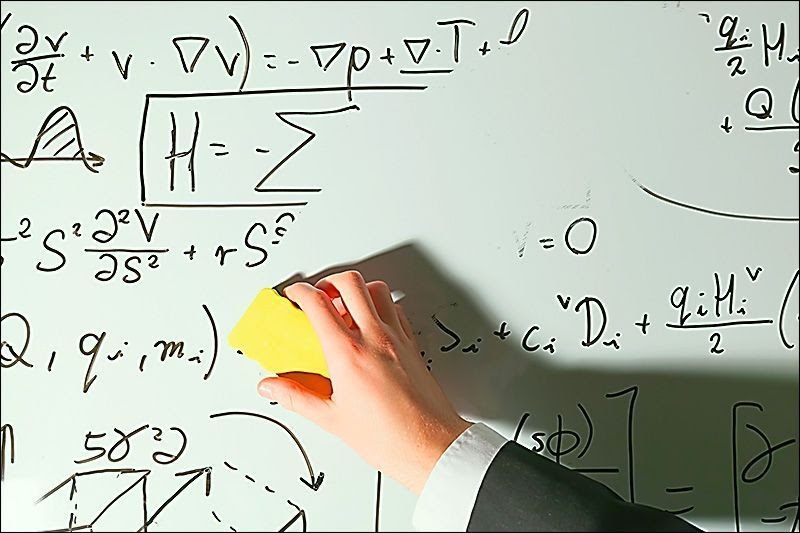
There are seven kinds of markerboard:
- Melamine
- Painted Steel
- Hardcoat Laminate
- Porcelain
- Tempered Glass
- Formica®
- Polypropylene Film
Melamine
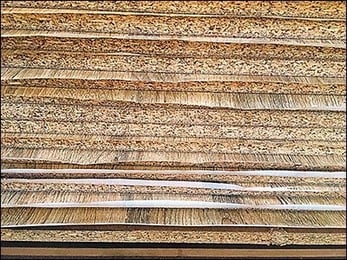
Melamine is a cheap and economical laminate coating. Each lamination is a paper-like layer infused with a resin.
The quality of melamine surface marker boards varies because of the amount of resin used in the laminations.
Because the laminations are made of a cheaper material, the surface wears faster compared with other materials, such as porcelain.
As the melamine wears down, the remaining marker residue leaves a ghosting effect.
Painted Steel
This marker board surface has several layers of paint underneath a clear performance coating that makes up the dry erase component.
One advantage painted steel marker boards have is they are magnetic. However, since it’s a painted surface, it’s prone to scratch marks from using abrasive cleaners.
Aluminum is an alternative to steel. Since it’s not magnetic and more expensive, it’s not as common.
Hardcoat Laminate
Similar to melamine, the quality of a hardcoat laminate varies because of the amount of resin used by the manufacturer.
Hardcoat laminates use melamine for the dry erase part. The surface doesn’t wear out as quickly, so ghosting stains aren’t visible.
Over time, however, ghosting appears.
Porcelain
Porcelain marker boards are made up of ceramic that’s fired onto a steel surface. These usually are the most durable of the whiteboard surfaces.
They’re scratch-resistant, don’t absorb any ink, and are magnetic. Because porcelain surfaces resist ghosting, there is less cleaning involved.
Tempered Glass
Tempered glass whiteboards are made of a type of safety glass that is several times stronger than regular glass.
They’re easier to clean than most whiteboard surfaces.
Formica
Formica is a heat-resistant laminate of cloth fiber or paper with melamine resin. Westinghouse Electric Corporation invented it in 1912 to replace mica as an insulator in electrical applications.
Over time, Formica became popular in many forms throughout the world, including marker boards.
Polypropylene Film
Polypropylene film marker boards are a green product because the all the materials are recyclable.
Manufacturers lay a polymer over the marker board surface and after it cools, they statically charge it adding the layer of polypropylene.
Afraid of Ghosts?
I’ve mentioned ghosting several times, but haven’t defined it. Ghosting refers to the leftover marks and residue you see on a marker board.
It’s caused by dirty erasers, erasing a marker before it dried, using the wrong type of marker for a specific board, or using the board too often.
Time and tide wait for no man, nor a whiteboard
If you clean any surface with a solvent, that solvent interacts with that surface on a microscopic level.
The more you clean, the more the solvent breaks down the surface material. This breakdown creates the lifespan of a marker board.
Stains are inevitable. How do you clean a whiteboard?
Cleaning a Whiteboard
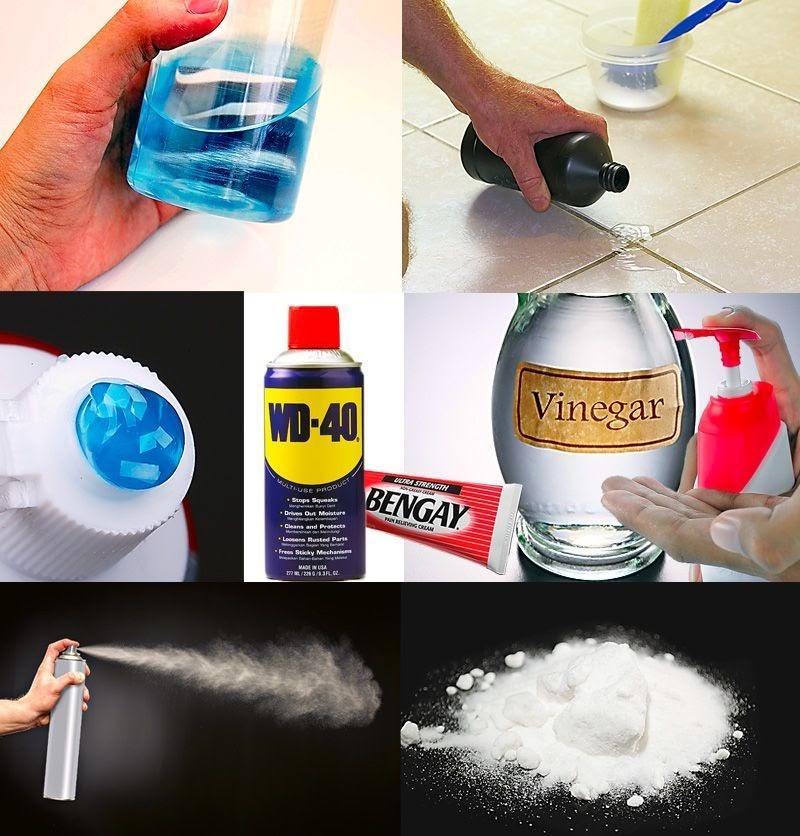
A quick internet search results in dozens of ideas to clean a whiteboard. When you review those methods, it reads like a shopping list:
- Isopropyl Alcohol
- Peroxide
- Hand Sanitizer
- WD-40®
- Hair Spray
- Toothpaste
- Bengay®
- Comet®
Some of these solutions are harmless, but others are precisely the opposite of what you should do.
For example, toothpaste, Bengay, and Comet are abrasive cleaners.
If you board is painted steel, then using these abrasives leaves it looking more like an art project than marker board.
Using our Eficiente Flip Marker Board
We provide care instructions for our Eficiente Flip Marker Board. These instructions are typical for most other whiteboards:
- Clean the dry erase marker board laminate with a damp cloth and mild detergent. Remove shadows and ghosting with marker board cleaner and conditioner designed specifically for dry erase surfaces.
- Do not polish or wax the surface.
- Do not use abrasive cleaners, powders, scouring pads, steel wool or sandpaper. Abrasive materials permanently damage the surface.
- Alkaline-based cleaners mar, etch, corrode, and permanently affects how the whiteboard looks and functions.
Answering Our Customer’s Question
When our customer asked us for a recommendation to clean the sides of our Flip Marker Board4EVERedge, we tested several cleaners.
The best cleaner we found is Goo Gone®.
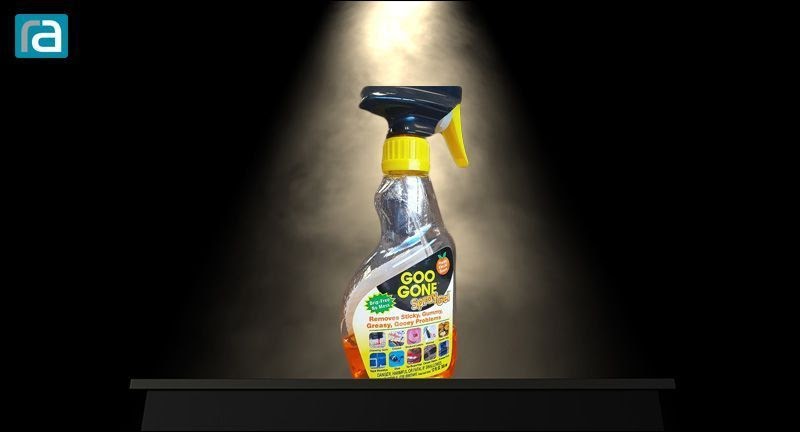
We sprayed the edge and let the citrus solution sit for a few moments before wiping it dry with a paper towel.
Why Goo Gone? It contains limonene, a natural compound found in the skin of some plants and fruits, like oranges and lemons.
Although limonene has low toxicity, it’s popular in cleaning products because of the pleasant smell, and it acts like a solvent.
Don’t Forget the Eraser!
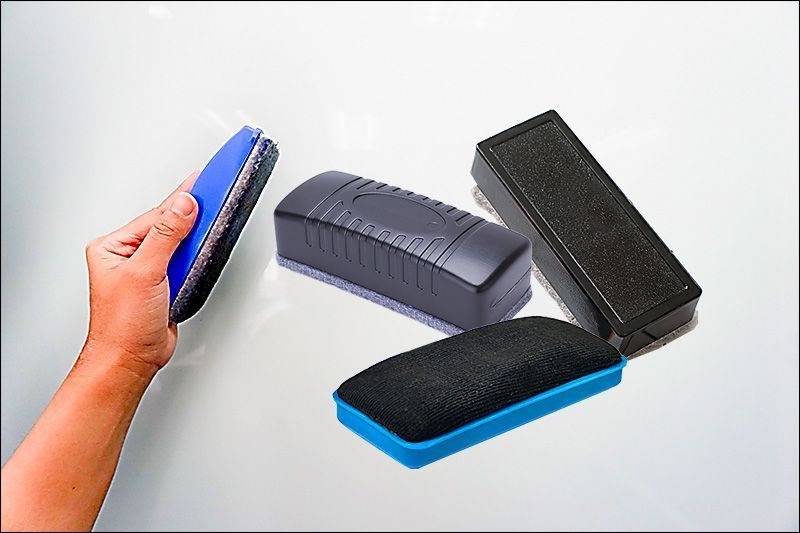
Maintaining the eraser for dry erase boards is often overlooked. After extended use, dry erasers become saturated with ink.
When they reach saturation, they lose their effectiveness.
Although erasers are not expensive, if you want to save some money, a quick online search results in several solutions.
Whether you use dish soap, toothpaste, or spray it off with a garden hose, after it dries, the eraser is ready to go.

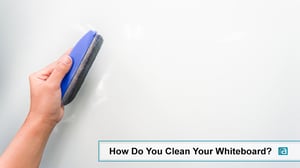
COMMENTS